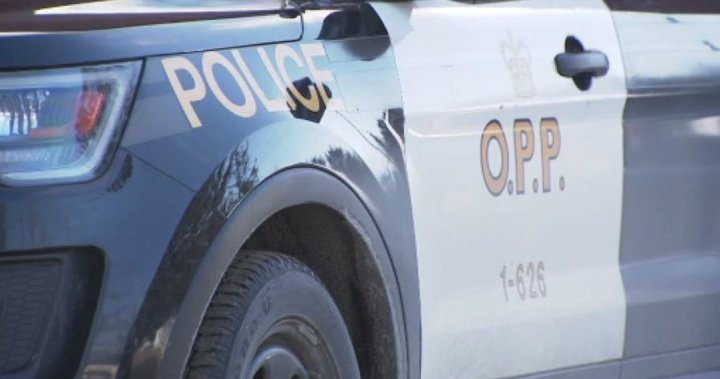In Ontario, a series of incidents involving moose collisions occurred on Highway 60 near Tea Lake in Algonquin Park. The first crash involved a vehicle hitting a moose, veering off the road, and hitting a tree. Following this, one of the two Muskoka Paramedic Service ambulances responding to the scene collided with another moose, causing extensive damage to the ambulance but resulting in no injuries. However, two people were injured in the initial crash, with one person sustaining life-threatening injuries. Both victims were taken to a hospital in Huntsville, with the critically injured woman eventually being transferred to a Toronto trauma centre. The other victim, a 45-year-old man, was reported to be in stable condition. Both individuals were residents of Quebec.
As a result of the collisions, Highway 60 was closed in the area while Ontario Provincial Police officers investigated the incidents. The officers responding to the first collision had just finished investigating another crash between a car and a moose, although there were no serious injuries in that incident. The OPP issued a warning to motorists regarding the increasing number of moose coming out of the forest and onto roads, particularly in the Algonquin Park area. This behavior is attributed to the moose attempting to escape swarms of insects. The police advised drivers to adhere to posted speed limits, maintain focus on the road and surrounding areas, and be prepared to react to wildlife on the road.
The incidents on Highway 60 underscore the potential dangers of collisions involving moose on roadways, particularly in areas where these large animals frequently cross roads. The risk to both motorists and wildlife is significant, highlighting the importance of caution and defensive driving practices in regions with high moose populations. Authorities in Ontario, such as the OPP, often provide guidance and warnings to drivers about the presence of moose on roads, reminding them to remain vigilant and take necessary precautions while driving through these areas. In the event of a collision with a moose, emergency response teams, such as the Muskoka Paramedic Service, play a crucial role in providing assistance to injured individuals and managing the aftermath of such incidents.
The incidents involving moose collisions on Highway 60 also highlight the challenges of wildlife conservation and coexistence in areas where human development intersects with natural habitats. As human populations expand and infrastructure continues to encroach on wildlife habitats, the likelihood of human-wildlife conflicts, such as vehicle collisions with animals, increases. Efforts to mitigate these conflicts include wildlife crossings, fencing, and public awareness campaigns aimed at promoting safe driving practices in wildlife-rich areas. Advocacy for the protection of wildlife habitats and the implementation of strategies to reduce the risk of wildlife collisions are essential to ensure the safety of both humans and wildlife in these environments.
The collisions serve as a reminder of the importance of proactive measures to prevent and address wildlife-related incidents on roadways, particularly in regions known for higher instances of animal crossings. Collaborative efforts involving government agencies, conservation organizations, and the public are crucial in addressing this issue and reducing the frequency of collisions between vehicles and wildlife. Through education, enforcement of traffic laws, and the implementation of wildlife-friendly infrastructure, communities can work towards creating safer environments for both people and wildlife. Ultimately, promoting coexistence between humans and wildlife requires a comprehensive approach that prioritizes the preservation of natural habitats, the protection of wildlife species, and the safety of all road users.


